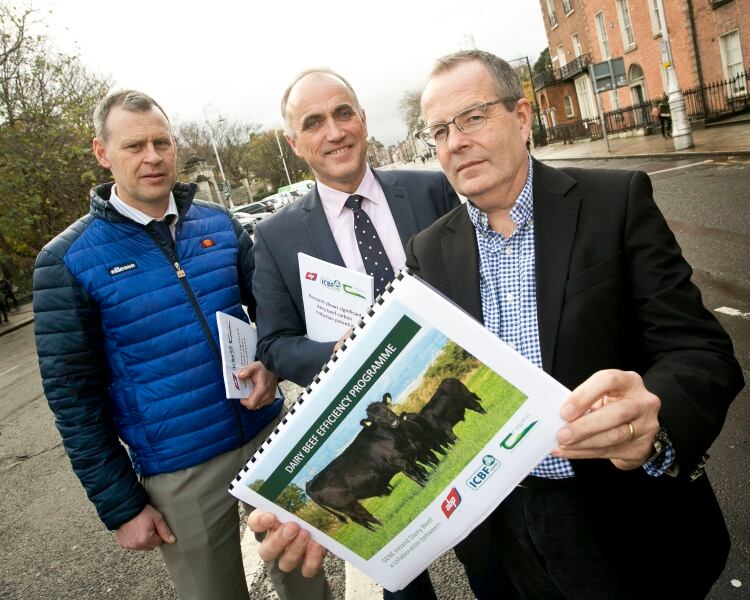The reduction target, set in 2016, covers emissions across its business operations and supply chain.
ABP committed to reducing its scope 1&2 emissions by 27% by 2030 against a base year of 2016. The company has already reduced greenhouse gas emissions across its operations by 28% since the beginning of its sustainability programme in 2008. ABP is also committed to leading a reduction of 17% in scope 3 greenhouse gas emissions coming from the supply chain by 2030.
The SBTi is a collaboration between CDP, the United Nations Global Compact, World Resources Institute (WRI) and World Wide Fund for Nature (WWF). The initiative uses the latest available climate science to define best practice in science-based target setting and independently assesses companies’ targets against its validation criteria
Managing director of ABP Ireland Martin Kane said: “We are delighted to have our targets validated by the SBTi. The validation of our targets clearly maps the carbon reduction journey required by ABP so that we can play our part in helping reduce global emissions. We have already made great progress since the introduction of our sustainability strategy in 2008 and we look forward to building on that progress and accelerating our work as we now look to 2030 and beyond.”
The business has made significant progress in sustainability in recent years. In November 2019, ABP, in conjunction with Teagasc and The Irish Cattle Breeding Federation, announced results from its dairy beef genetic research programme, demonstrating a significant shift in carbon reductions in dairy beef. The findings have proven that is possible to reduce emissions by up to 28% in the dairy beef herd.
It ABP opened the world’s first certified carbon neutral abattoir in Ellesmere in 2015, where waste from the meat processing operation is used in conjunction with used cooking oil to provide the energy requirements for the site.
The company also introduced heat recovery programmes at a number of processing sites including ABP Cahir, ABP Wessex and C&D Esbjerg. These sites have harnessed waste heat from a number of processes and used it to significantly reduce fossil fuel consumption.




